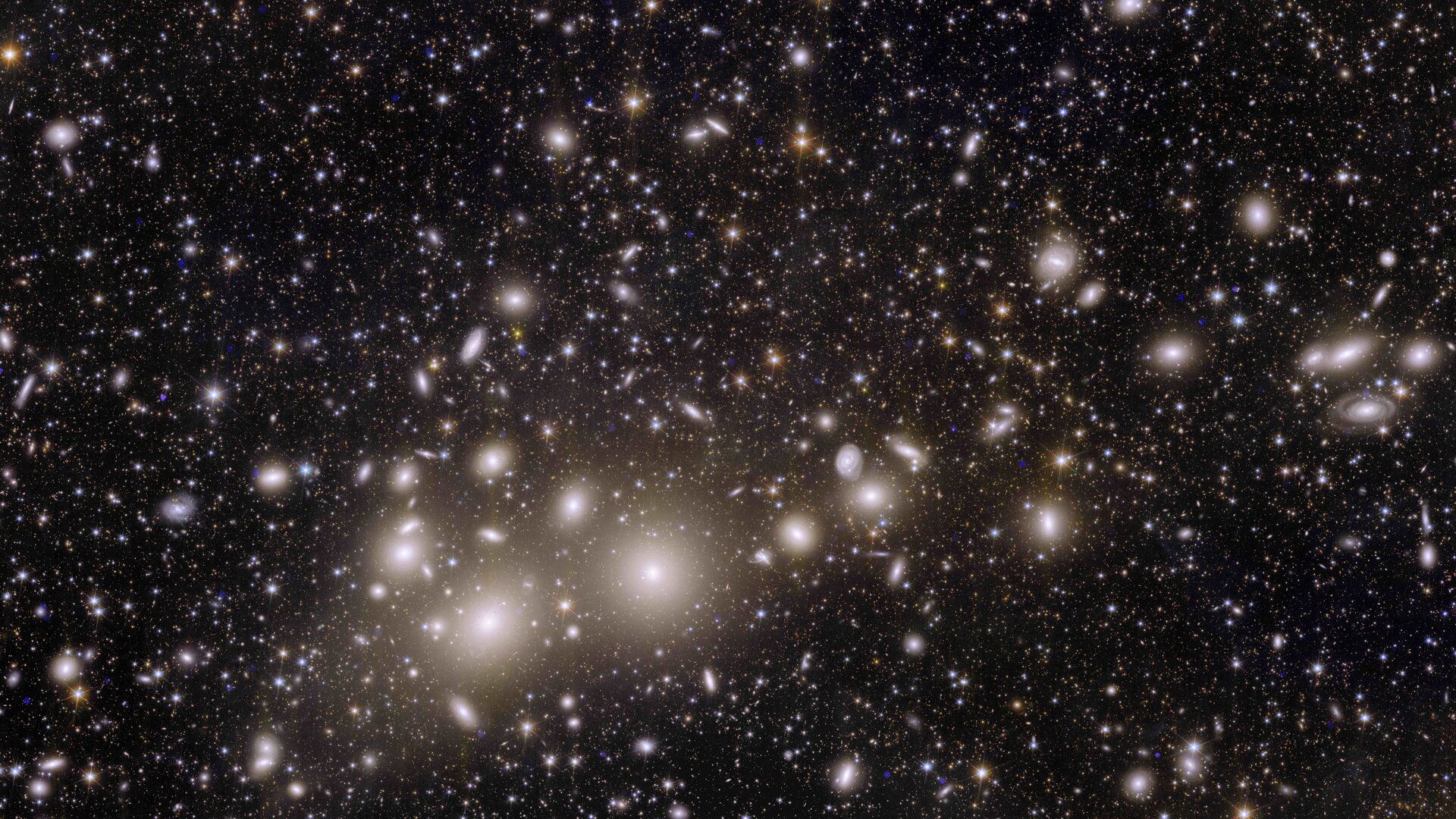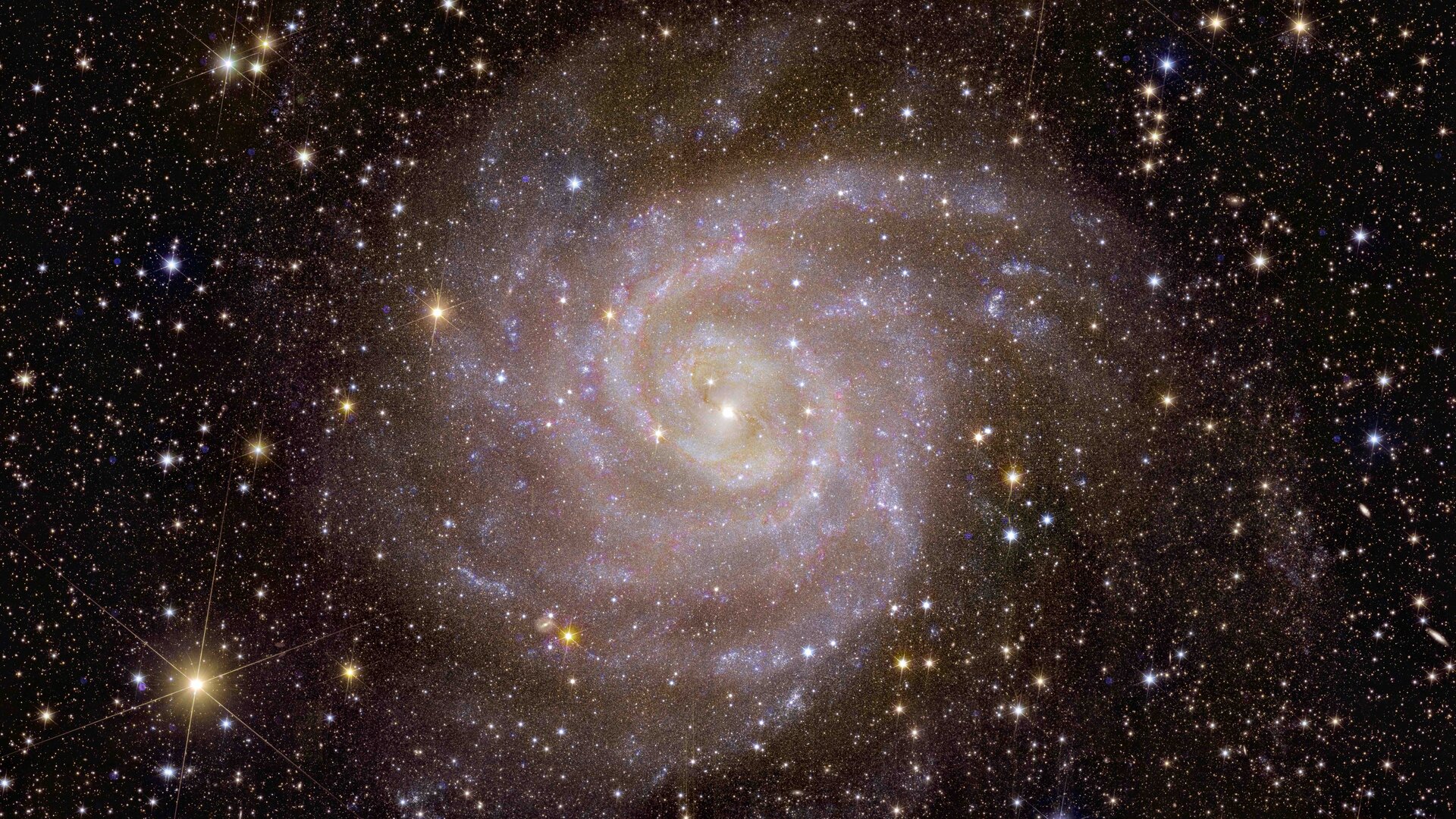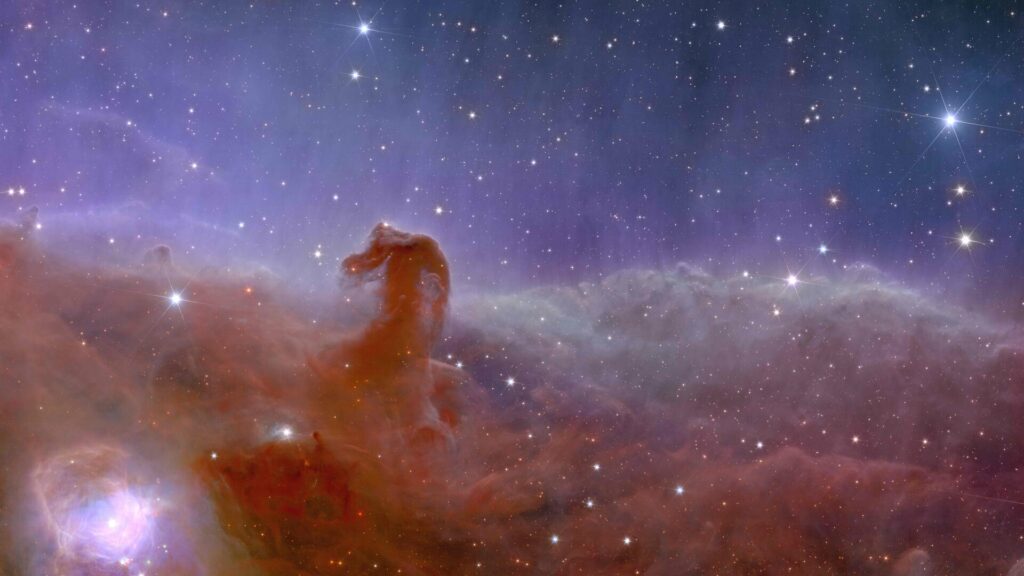The European Space Agency (ESA) shared on Tuesday the most detailed astronomical images of distant galaxies ever taken by the new European space telescope, Euclid.
Euclid left in July on the world's first mission to map a third of the sky, containing some two billion galaxies, and publish the most accurate 3D map of the universe. Around five months after it was launched, its first full-colour images of the cosmos were published on Tuesday, illustrating its potential to help scientists study how the cosmic mysteries of dark matter and dark energy have made it look like it does today.
"We have never seen astronomical images like this before, containing so much detail. They are even more beautiful and sharp than we could have hoped for, showing us many previously unseen features in well-known areas of the nearby Universe," René Laureijs, ESA’s Euclid Project Scientist, said.
Almost the entire cosmos (95%) appears to be made of these mysterious ‘dark’ entities, but ESA notes that scientists do not understand what they are because their presence causes only very subtle changes in the appearance and motions of the things that could be seen. However, Euclid, which is able to create a remarkably sharp visible and infrared image across a huge part of the sky in just one sitting, changes things.
"Now we are ready to observe billions of galaxies, and study their evolution over cosmic time."
What has the telescope captured?
The five published images showcase this special capacity and already contain a wealth of new information about the nearby universe. From bright stars to faint galaxies, the observations show the entirety of these celestial objects, while remaining extremely sharp, even when zooming in on distant galaxies, ESA noted.
One of the most eye-catching images taken by the telescope shows the Perseus Cluster of galaxies. "This incredible snapshot from Euclid is a revolution for astronomy. The image shows 1,000 galaxies belonging to the Perseus Cluster, and more than 100,000 additional galaxies further away in the background," ESA noted.

The Perseus Cluster of galaxies. Credit: ESA
Many of these faint galaxies were previously not visible, despite the fact that Perseus is one of the most massive structures in the universe we know and is only 240 million light years away from Earth.
The space agency explained that astronomers have demonstrated that galaxy clusters like Perseus can only have formed if dark matter is present in the Universe. "Euclid will observe numerous galaxy clusters like Perseus across cosmic time, revealing the ‘dark’ element that holds them together."
Thanks to its infrared view, Euclid already uncovered crucial information about the stars in the spiral galaxy IC 342, also known as the 'Hidden Galaxy' and a look-alike of our Milky Way.

Spiral galaxy IC 342. Credit: ESA
The telescope also mapped the irregular galaxy NGC 6822, located 1.6 million light years from Earth, and the globular cluster NGC 6397. Globular clusters are collections of hundreds of thousands of stars held together by gravity. To date, no telescope other than Euclid exists that can observe an entire globular cluster in a single observation.
The telescope will spend the next six years observing the shapes, distances and motions of billions of galaxies up to 10 billion light years.

